Managing Attention Deficit Disorder (ADD) can feel overwhelming, but creating structure in your daily life can make a big difference. Here’s how you can get started:
Quick Tip: Start small – choose one tool or habit, stick with it for a few weeks, and adapt as needed. The goal is to create a system that works for you without adding stress.
For those with Attention Deficit Disorder (ADD), structure isn’t just helpful – it can make a world of difference.
Structure is like a supportive framework that helps guide daily life, not a rigid set of rules. It’s about organizing your day in a way that aligns with your energy and focus levels while still leaving room for flexibility.
Here’s what a good structure can provide:
Too much rigidity can feel overwhelming, but too little structure can lead to chaos. The right balance can make managing ADD much easier.
| Area of Impact | How Structure Helps |
|---|---|
| Executive Function | Simplifies decision-making with routines and systems |
| Time Management | Creates a framework for completing tasks on time |
| Task Organization | Breaks big projects into smaller, achievable steps |
| Emotional Regulation | Lowers anxiety by setting clear expectations |
A structured approach helps by:
The key is to create a system that works for you. Everyone’s needs are different, so it’s worth experimenting with various methods. Try things like clear storage bins, assigning specific spots for important items, or setting up a central place for essential documents. Stick with your chosen system for a few weeks to see if it’s effective [1][2][3].
Finding the right tools can make daily life much smoother for people with ADD. The trick is to use methods that make planning feel enjoyable instead of overwhelming.
Journaling can turn planning into something enjoyable. Its visual nature helps make information easier to process and remember. Here are a few ways to make your journaling more effective:
Once you’ve tried creative journaling, the next step is finding a planner that fits your style and needs.
The right planner can make all the difference. Here are two popular options:
| Planner Type | Best For | Key Features |
|---|---|---|
| Hobonichi Weeks | Those who prefer simplicity | Compact with a minimalist layout |
| Bullet Journal | Fans of customization | Fully customizable for unique needs |
Pick a planner that makes managing your time easier. Dr. Rosie Gellman emphasizes this point:
"In ADHD, time management, and just the more general concept of time, can be a struggle", which is why simplifying your planning process is so important [4].
Stickers can make planning both functional and fun. They serve as visual tools to organize tasks and break down information into smaller chunks. Stickers can help you:
Keep your system straightforward. Choose stickers that match your goals, like deadline reminders or motivational designs.
Start with one tool or method, and give it time to stick before experimenting with others. The key is finding what works best for you.
Living with ADD can feel overwhelming, but building a structured daily routine can make a big difference. Here are some practical steps to help you create lasting habits and stay organized.
Starting your day with a consistent routine sets you up for success. Use this time to focus on activities like meditation, reviewing your tasks, and tackling your most important work when your focus is strongest. Even simple time-tracking can help you stay on track.
Meal planning is a great way to reduce decision fatigue and save your energy for more important tasks. Make it a weekly habit to schedule meal prep in your planner.
Dr. Sharon Saline advises designating specific spaces for activities like meal prep [1]. Having a set area for planning and cooking helps you stay consistent and avoid feeling overwhelmed.
Once your meals are sorted, you can shift your attention to organizing your broader weekly priorities.
Using both digital tools and physical calendars can help you stay on top of your tasks. For example, combine a physical planner with digital alarms to keep track of deadlines. Dedicate time each week – like Sunday evenings – to review your progress and plan for the week ahead.
Staying organized isn’t just about work; it’s also about balance. Dr. Sharon Saline highlights the importance of:
"Setting up specific places for relaxation and hobbies helps individuals with ADD find time for these activities" [4].
Hobbies and downtime are more than just fun – they can boost focus and reduce stress, making them an essential part of your routine.
Plans don’t always go as expected, and that’s okay. Dr. Regina Lark emphasizes the importance of compassion:
"Focus on kindness and avoid judgment when adjusting plans to help individuals with ADD stay motivated and avoid stress" [5].
When unexpected changes happen, focus on urgent tasks first. For instance, if a meeting runs late, reschedule less critical tasks for another day. Adjusting your plans doesn’t mean failure – it’s a necessary part of staying on track.
Flexibility is key to keeping your system effective, even when life throws you a curveball.
Finding structure while managing ADD is about balancing organization with adaptability. Small changes can help uncover what fits your specific needs and challenges.
Once you understand your priorities, focus on creating a system that makes daily tasks easier. Whether you lean toward digital tools, physical planners like Hobonichi Weeks, or a mix of both, keeping things simple can help reduce the stress often associated with planning.
Improving organizational skills takes time, and it’s important to stay flexible. Your system should make life easier – not more stressful.
Key tips for success with ADD organization include:
The goal is to create a system that works for you, supports your goals, and minimizes stress – on your terms.
Journaling can be a helpful way for individuals with ADHD to manage their thoughts and improve focus. It offers a structured outlet that supports organization and self-care. Here’s how it helps:
Using ADHD-friendly journaling techniques can make this practice even more effective. Below are some methods and their specific benefits:
| Journaling Method | How It Helps with ADHD |
|---|---|
| Bullet Journal | Breaks large tasks into smaller, actionable steps. |
| Gratitude Journal | Encourages a positive mindset and reduces stress. |
| Brain Dump Lists | Captures scattered thoughts and transforms them into action items. |
| Mood Tracker | Highlights patterns and triggers that affect focus and productivity. |
A brain dump list is particularly useful. It involves writing down all your thoughts, tasks, and ideas in one place to declutter your mind and boost concentration.
"Using a ‘brain dump’ list to clear mental clutter and then breaking down tasks into smaller, manageable chunks can help individuals with ADHD stay organized." [1]
For added support, specialized planners like Passion Planner or Happy Planner include prioritization tools and time-blocking templates designed to meet ADHD needs [2][3].
Stickers Made for Planning
Our custom stickers are a fuss-free way to brighten up your planner pages with perfectly-sized designs that add a spark of personality to every layout.
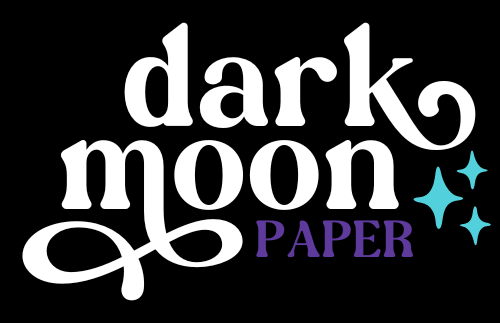
Why use planner stickers?
Planner stickers make organizing easy, fun, and personal! Add color, creativity, and structure to every page, transforming your planner into a tool that reflects you. Perfect for tracking, decorating, and staying inspired daily!
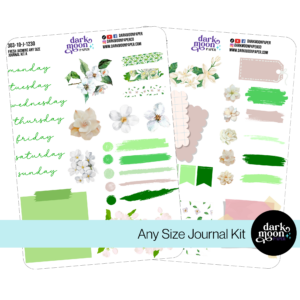
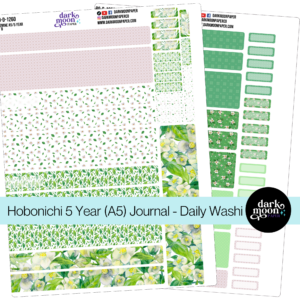
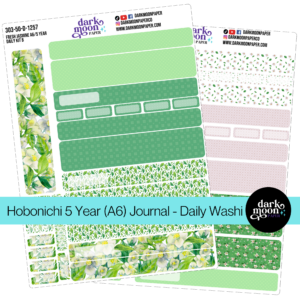
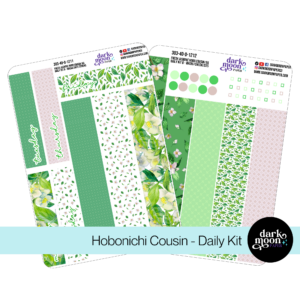
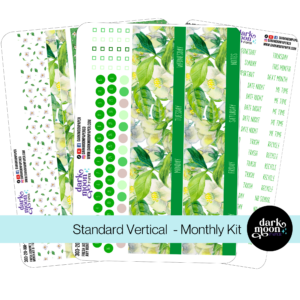
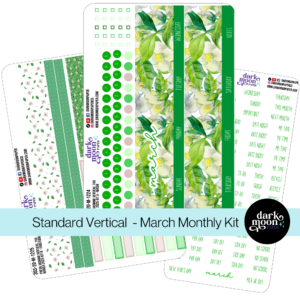

Hello and welcome!
I’m Rachael Snow, a lifelong artist and entrepreneur, and I started Dark Moon Paper to blend my love of art, technology, and the mysterious beauty of the world around us. My sticker kits are meant to set the mood, tell a story, and give you a little escape from the ordinary.
I work from my cozy studio tucked away in the beautiful woods of Oregon, surrounded by nature and a dark night sky full of stars.